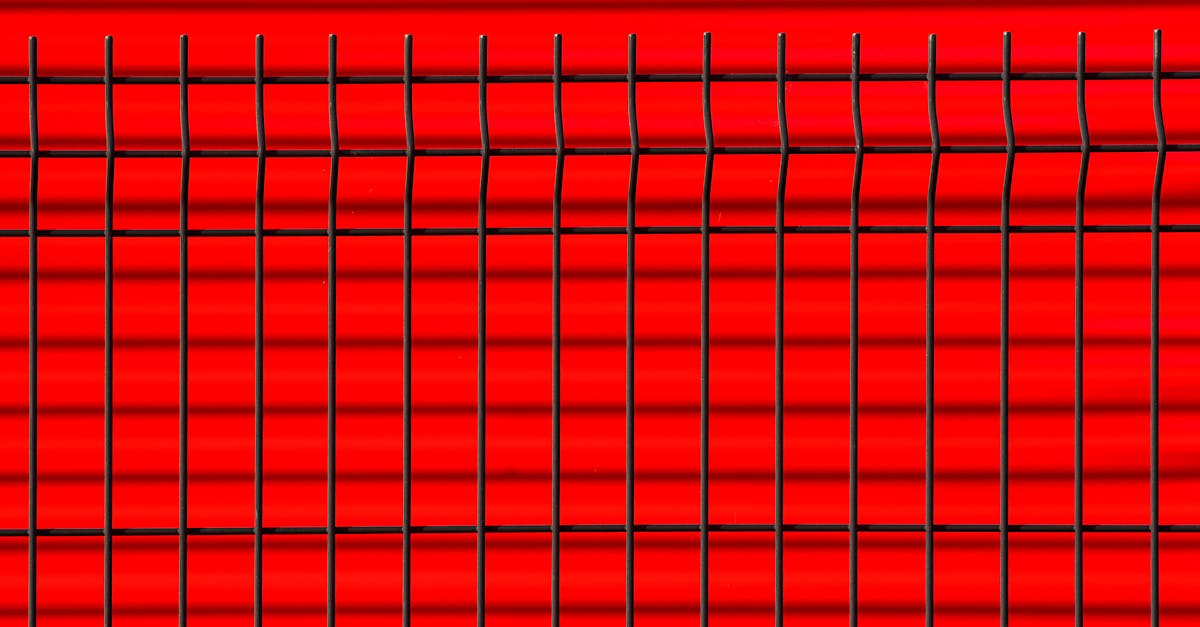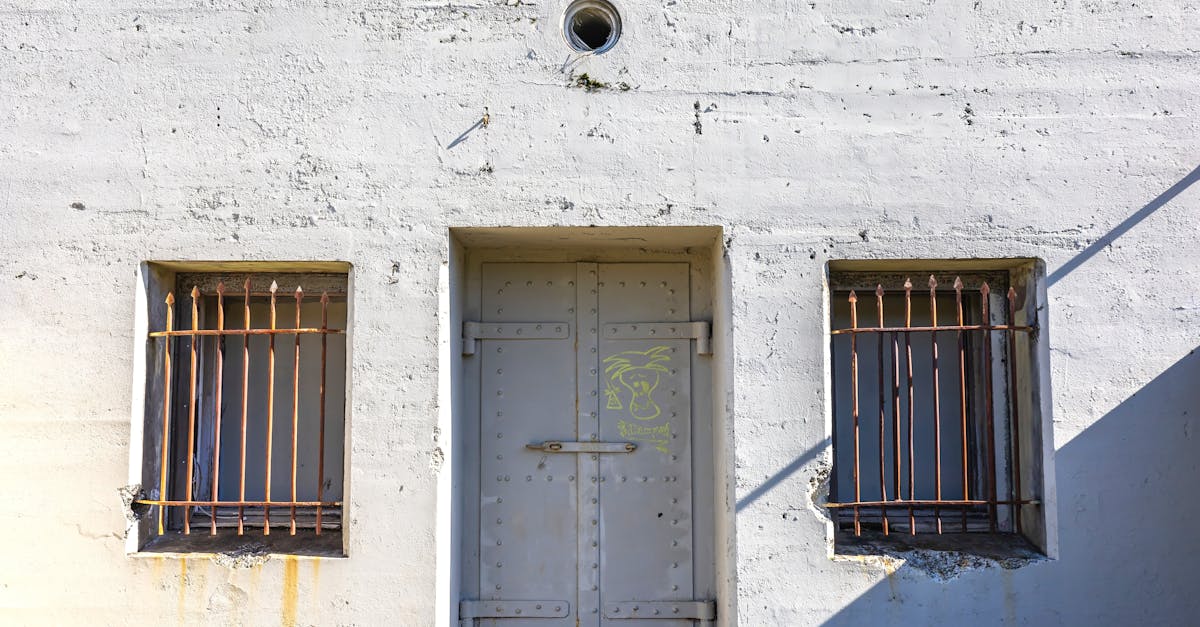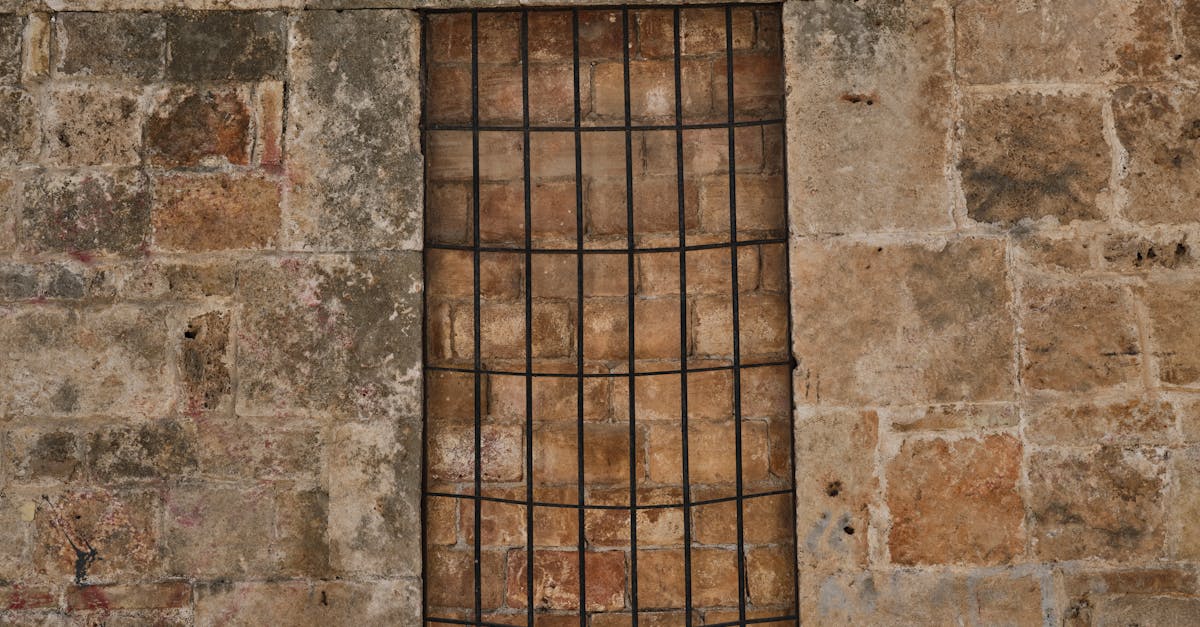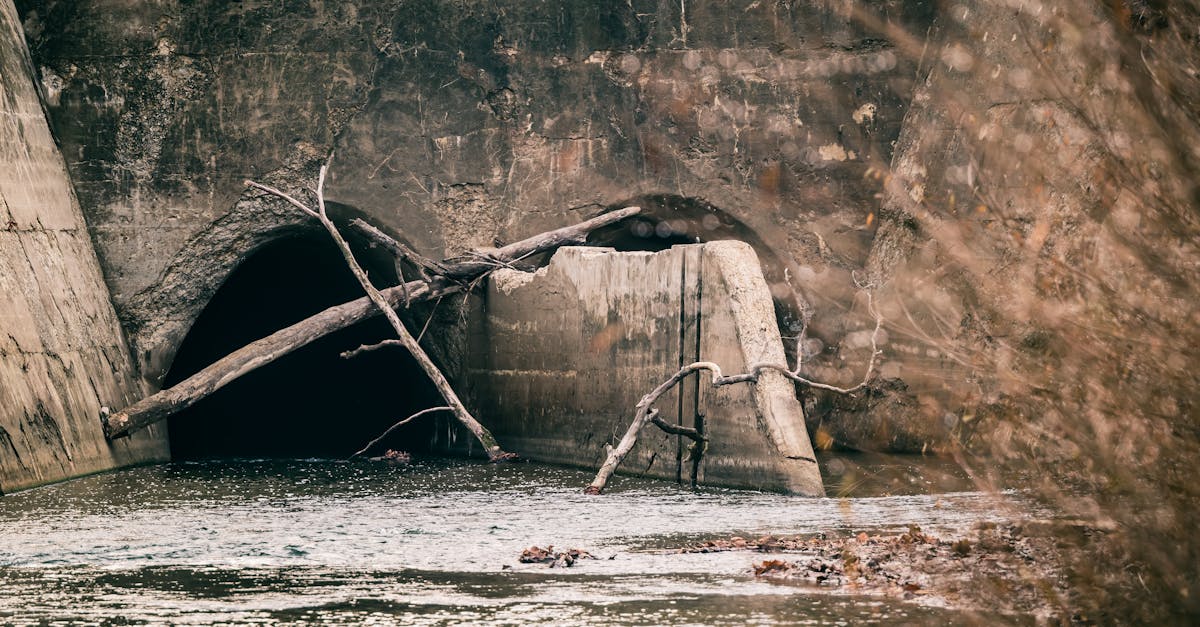
Table Of Contents
Drilling Holes in the Wall
Drilling holes in the wall is a crucial step in the faucet installation and repair process. It is essential to measure carefully before making any cuts. Use a level to mark the precise height for the faucet. This ensures that the fixture sits appropriately on the sink. Additionally, double-check the spacing based on the manufacturer's specifications to avoid any misalignment. Once marked, ensure you use the correct drill bit for the material of your wall, whether it is drywall, tile, or brick.
Before commencing with the drilling, take the necessary safety precautions. Wearing safety goggles can protect your eyes from dust and debris. If you're drilling into tile, use a lower speed to prevent cracking. Start with a smaller pilot hole to guide the larger drill bit. This method helps maintain accuracy while reducing the risk of damaging surrounding areas. It is advisable to clear the work area of any unnecessary items, promoting a safe and efficient drilling environment.
Safety Precautions and Techniques
When undertaking faucet installation and repair, prioritising safety is crucial to ensuring a smooth process. Wear protective goggles to shield your eyes from dust and debris. Gloves can protect your hands from sharp tools and materials, while sturdy footwear provides additional protection against accidents. Be mindful of your surroundings, especially when working with power tools, and always keep children and pets away from the workspace.
Before beginning any drilling or installation, make certain to turn off the water supply to prevent leaks and potential water damage. Use a stud finder to locate wall studs, ensuring a secure attachment for the faucet. Taking time to assess the area and plan your moves can prevent costly mistakes and injuries. Always keep first aid supplies readily available, just in case of any minor injuries during the process.
Installing Wall Anchors
When installing wall anchors, it is essential to select the appropriate type for your wall material. Drywall, stud, and masonry all require different anchors to provide adequate support. For plasterboard or drywall, toggle bolts or plastic expansion anchors are typically recommended. If you are securing the faucet to a masonry wall, use concrete or masonry anchors specifically designed for that purpose. Ensuring the correct anchor type helps prevent damage to the wall and secures the faucet firmly.
Once you have chosen the right anchors, it is time to install them. Begin by drilling holes at the marked locations, ensuring they are straight and precise. Insert the anchors into the holes according to the manufacturer's instructions. After installing the wall anchors, you can proceed with the main part of the faucet installation and repair process. Properly secured anchors provide a stable foundation for the faucet, ensuring it remains securely attached even with regular use.
Choosing the Right Anchors for Your Wall
Selecting the appropriate anchors for your wall is crucial to ensure the stability and longevity of your wall-mounted faucet. You'll need to consider the material of your wall. For stud walls, wood screws or toggle bolts will provide the secure fit necessary to hold the weight of the faucet. In contrast, if your wall is made of masonry or concrete, using expansion anchors is essential to achieve the required strength. This choice will determine how well your faucet installation and repair can withstand everyday use without compromising the integrity of your walls.
Additionally, weight capacity is another critical factor when choosing wall anchors. It’s important to check the manufacturer's specifications for both the anchors and the faucet itself. Generally, the actual weight once the faucet is installed, including any potential additional loads such as tools or cleaning products, should be considered. Ensuring that the anchors can support this weight will prevent issues in the future. Make sure to read reviews or consult professionals if you are unsure about the best options available.
Connecting Water Supply Lines
Before starting the connection of the water supply lines, gather all necessary tools and materials. Ensure that you have the right fittings for your specific faucet model. It's crucial to turn off the main water supply before making any connections to prevent leaks or water damage. Check the lines for any signs of wear or damage, replacing them if necessary. This preparation can save time and hassle during the installation process.
When connecting the water supply lines, align the fittings carefully with the designated inlets on your wall-mounted faucet. Use a wrench to secure them tightly, ensuring a snug fit without overtightening, which could damage the fittings. After installation, restore the main water supply and check for any leaks. If everything is secure, you can proceed with testing the faucet. Proper faucet installation and repair maintain both functionality and aesthetics in your space.
StepbyStep Connection Process
To begin the connection process for your wall-mounted faucet, ensure that you have all necessary tools at hand, such as a pipe wrench, Teflon tape, and a basin wrench. Start by turning off the water supply to prevent any leaks or flooding during your installation. Carefully connect the hot and cold water supply lines to the corresponding fittings on the faucet. Make sure to use Teflon tape on the threads of the connections to ensure a tight seal.
Once the water supply lines are securely attached, gently tighten them with the appropriate wrench. Be cautious not to overtighten, as this could damage the fittings. After establishing these connections, it’s advisable to check for any leaks before proceeding further. Performing a thorough check at this stage is crucial to ensure a successful installation. Faucet installation and repair can be straightforward, especially when these steps are followed diligently.
FAQS
What tools do I need to install a wall-mounted faucet?
To install a wall-mounted faucet, you will typically need a drill, drill bits, a level, a wrench, a screwdriver, wall anchors, and Teflon tape for sealing connections.
How do I determine the correct height for my wall-mounted faucet?
The correct height for a wall-mounted faucet generally depends on the type of sink or basin you are using. A common recommendation is to install the faucet 20 to 30 cm above the sink rim to ensure easy access and avoid splashing.
What safety precautions should I take when drilling into the wall?
Always wear safety goggles to protect your eyes from dust and debris. Make sure to check for hidden pipes or electrical wires before drilling, and use a stud finder to locate the best spots for drilling into the wall.
How do I choose the right wall anchors for my installation?
The choice of wall anchors depends on the type of wall you have. For drywall, toggle bolts or molly bolts are effective, while solid walls may require specific anchors designed for masonry. Always check the weight rating of the anchors to ensure they can support the faucet.
Can I install a wall-mounted faucet myself, or should I hire a professional?
If you have basic plumbing and DIY skills, you can install a wall-mounted faucet yourself by following the appropriate steps. However, if you're unsure or uncomfortable with plumbing work, it’s advisable to hire a professional plumber to avoid potential issues.





























